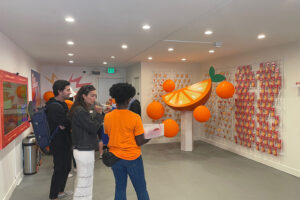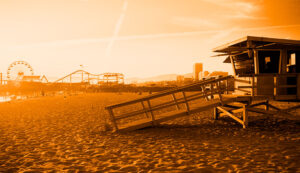Ideas For Limited Footprint
At AK Pop-Up, we understand the importance of sustainability and minimizing our environmental impact. That’s why we’ve curated a list of ideas for pop-up events with a limited footprint, ensuring that you can host a memorable event while being conscious of your carbon footprint.
1. Sustainable Fashion Showcase
Showcase the latest in sustainable fashion by partnering with local eco-friendly clothing brands. Create a runway in the heart of AK Pop-Up and invite fashion enthusiasts to witness the fusion of style and sustainability. Use recycled materials for the event decorations and encourage attendees to bring their own reusable shopping bags. This event will not only promote sustainable fashion but also raise awareness about the importance of conscious consumerism.
2. Zero Waste Food Festival
Partner with local organic food vendors and create a zero waste food festival at AK Pop-Up. Encourage vendors to use compostable or biodegradable packaging for their food items. Set up recycling stations throughout the venue to ensure proper waste segregation. Additionally, organize cooking demonstrations and workshops on sustainable cooking practices to educate attendees on reducing food waste at home. This event will not only satisfy taste buds but also inspire individuals to adopt eco-friendly eating habits.
3. Eco-Friendly Product Launch
If you’re launching a new product with an eco-friendly focus, AK Pop-Up is the perfect venue. Host a product launch event that highlights the sustainable features and benefits of your product. Incorporate green elements into the event design, such as using energy-efficient lighting and showcasing eco-friendly materials. Invite influencers and media outlets that align with your brand’s values to generate significant branding and social media coverage. This event will not only create buzz around your product but also showcase your commitment to sustainability.







